following on from the task in the last blog post where I was trying to extract enough from the original story to make a libretto. I, this week, am trying to extract enough from the original text to make something lyrical enough to be an aria. Again you will see me trying to reduce the amount of words by cutting out the parallelism.
|
In order to have some text to work with I have tried to extract phrases or words from the original short story. The original is very (over) descriptive so i was cherry picking the strongest words and, had been pointed out to be by Nigel in a supervision Poe is using "parallelism" as a means of driving his point home. Meaning instead of one descriptive word he will list three, so the challenge was finding the 'best' words. I also had to try and find words which might be connected as line endings, if not exactly rhyming. Below is an example of how I marked up the story to extract the words I thought would 'sing well'.
“I call architecture frozen music.”— Johann Wolfgang von Goethe
Skeletons/Paths/Ghosts as applied to an urban space once it's abandoned. Skeletons are the original architectural designs. You've often heard people talk about the "bones of the building" to refer to the structure. Paths are the ways you find through a building. Either exploring the building or designed into the building in where there are stairs or corridors. Ghosts are the old purposes of objects. Things being recognisable even though they have been degraded by decay. They rely on your conscious memory to reconstruct them, and some objects which you can’t “figure out” may play on your subconscious memory (not being able to place an object in context but recognising it “somehow”). Some things retain their shape (you can see their purpose) but are just visual (unusable) objects. This could be, for example, a metal chair which would still be recognisable even if very rusted (transformed), but would not be serviceable to be used for sitting on. Some things are almost unchanged and look more incongruous around other objects badly decayed. This could be a plastic chair which hasn't decayed at all, and could be still used for its original purpose. The contour always remains in each of these examples above. The dust on the floor is a sound you hear when walking through an abandoned building. These elements of the building that created the dust on the floor (that mostly were decoration in the past) are remnants that produce sound. The purpose they first served, such as : wallpaper, or plaster, or a poster that used to hang on the wall, lose that original purpose and something with only the ghost of it's old use remaining. They now decorate the building in a different way. All along I have been trying to make connections between how a physical structure has connections to musical material. This is how I see the Skeleton/Ghost/Paths connections to the music in my final creative response. The musical skeleton is the structure, or how the "bones" of the piece are put together (vertically as in the musical arrangement, or horizontally as in the time-based structure). The ghosts are the associations in the listener to the material used. The listener hears a transformation of a melody they have previously heard in the piece, and that transformed melody contains the ghost of the original (through intrareferential memory). The paths are the directions of either the melody, harmony, or the structure takes. That dictionary definition from earlier could apply to the transformations a melody goes through in the course of a piece of music - " a very slight amount of something that is left behind". (2015) The backbone of the piece became the skeleton of the contour of the cliffs. In the music the violin melody came from a contour. Take away the melody and another ghost of that melody remains since the harmony which followed the melody is there but the melody is missing. Keeping the chords, but losing the melody created what I hope is another musical 'ghost'. A thing which makes musical sense with something “taken away”. This is, I hope, particularly noticeable at 1’12’’ in the piece where there are staccato chords “in the distance” which seem to be punctuating something which is missing and, instead, it produces strange cross-rhythms “by chance” (which I will look at more a little later). I didn’t care about timing things exactly in rhythm, since the poly-temporal nature of memory was a goal in the piece so (and what I have discussed in relation to the Ives work), unless something distracted from it not “fitting” and standing out too much for no reason. Whatever accidents of rhythm that occurred were part of the process, and I was looking to happen. The goal is to create poly-rhythm. Anything that felt like a grounding regular pulse I reworked to avoid the listener's ear latching on to in as a pulse. Since that rhythmic grounding I wanted to be absent, I allowed there to be moments of tonal recognition. Tonality and not rhythm is what I hope grounds the piece. Sometimes the harmony comes together (unintentionally but I would leave that “traditional” element in), but since the harmony was left up to the element of chance and not planned by me in any way there are just happy accidents of tonal moments. I briefly mentioned Aleatory before and I see this music as Aleatoric music. Aleatoric derives from the term from the Latin word “alea” meaning dice. I see this piece as “chance music”, since when I’m adding an element to the mix which has a musical characteristic : pitch and duration, I don’t know the result till I hear it back. Each added element is a new “roll of the dice”. There are, however, different types of Aleatoric music or types of indeterminacy in the process of a composition. The Ives example of “Central Park In The Dark” should sound different at each performance since the two tempos of the two separated ensembles create different relations to each other if each group chooses different tempos from performance to performance. The score remains the same and the performances are slightly different. A visual score creates the most indeterminate performance. Each performer is asked to interpret shapes on a page into notes and rhythm and each performer at each performance will have different interpretations of what music is intended by the score. Taking the musical decisions out of the composers hands and into the performers. The score stays the same and the performances differ greatly each time. With my piece I’m looking for indeterminacy in the composing, but a set experience for the listener. I don’t know what these elements sound like when combined but once I do they will always sound the same on the recording. This has been the biggest part of this process. I had to work on a sound which I thought was needed. I worked around a concept, for instance adding a new colour to a metallic percussion instrument to “represent” the transforming effect of rust, but then I don’t know how the individual sound will turn out until I make the changes to it, and then again I don’t know how it will sound when placed in the mix of other sounds. This is yet another element of chance, but once decided upon becomes fixed. The reason this was the biggest part of the process was because, even if the concept is solid, the resulting music might not convey the concept behind it. An example of this “dead end” (of which there were many), was me thinking of having the “fiddle tune” be played in two tempos and keys and separated widely into either speaker of a stereo mix. This is what I wanted to borrow from “Central Park In The Dark” as an experiment for this piece but, when executed, it didn’t sit within the sound world of the rest of the music. It had too human an element to it, and the folk idiom didn’t make sense in a piece about urban decay and memory. It didn’t convey the element of nostalgia I was looking for. It was a different kind of nostalgia relating to a different kind of environment. I had wanted it to become an intrareferential element. I wanted the listener to be introduced to it in the piece and then for it to be transformed into something else. I wanted it to be something traditional and coherent and then something “split apart”. No matter how much I distorted the violin part it didn’t fit in with the sound pallet of the piece. I feel like, if the duration of the piece was much longer, or it was a set of pieces then it might have worked. Giving me either longer to get from a traditional sound to a decayed sound or letting the more traditional musical material sit in a context in which it would fit more easily. The only part of the violin melody I retained was a couple of phrases digitally stretched to make them three times slower and made into a “loop” to add one more “human” element. A backdrop to the more industrial metallic sounds. Another thing which didn’t work, but had worked in the first draft of this piece is the visual metaphor of the wallpaper peeling off the walls. reel
The first stage of trying to work out how to write a Scottish dance as one of the movements for a set of pieces for piano quintet I looked at a traditional "Reel". Below is one, showing the characteristic constant quaver movement of the form.
The next step was to come up with an original musical theme which had the features of the piece above but was my own music.
Below is my theme.
As can be seen from "Lord MacDonald's Reel" (printed above) - from bar 9 it goes into a second section, so I had to compose a second section which served the purpose it does in the traditional reel of being a distinctly new section but with similar music.
Below is a video of the second section leading back into the theme again.
The original reel I am using as a starting point is in the key of G major. My theme is 'in G' but is using a modal scale.
Below are written out all the traditional modal scales (all beginning on the note C).
The mode I used in the theme of my reel is the Mixolydian mode. This mode is characterised by it being almost exactly a major scale but with the second last note flattened. The reason I have shown the modes all starting on C is to explain as simply as possible the 'change' from the conventional major scale. If you were to play all the white notes on a piano keyboard from C up to the next C you come to it would be a C Major scale. If, instead of playing the second last white note you come to (a B on the keyboard), you played a Bb then that would be the Mixolydian scale.
[Note: in the key my theme is in (G), again you play all the notes from G to the next G. Normally you would play an F# as the second last note of the major scale but if you flatten that to an F Natural, then you have the Mixolydian scale beginning on G]
Generating more material
If, from the outset I have set up a modal character how can I use this feature to create more musical material? Can I create a new modal scale which makes musical sense from the original theme? Below is the Mixolydian scale on C. EXAMPLE A
I have used slurs to show where the semi-tones are. So the Mixolydian scale consists of: a tone, a tone, a semi-tone, a tone, a tone, a semi-tone, and a tone.
As this is the scale that forms my theme, how can I modify this scale to create a new scale which I can use to generate more material. If I read the scale backwards (i.e. its retrograde), then the descending scale would consist of: a tone, a semi-tone, a tone, a tone, a semi-tone, a tone, and a tone. Below is exactly that (each interval that ascends in the original just descending in the example below: EXAMPLE B
So, to clarify, In example A the scale moves up a tone, then a tone, then a semi-tone etc. Example B moves down by these distances ( a tone, then a tone, then a semi-tone etc). In example C, below, all I have done is put these notes into an ascending scale (on the note C), and in example C (ii) we see exactly the same scale begin on the note G (since that's the starting note I need for my composition)
EXAMPLE C
EXAMPLE C (ii)
Now this new scale can be applied to the music I have already written to create a "variation".
Below is a video (with the score) showing how I applied this 'transformation' to the second half of my original theme.
|
AuthorComposer of music Archives
January 2024
Categories |
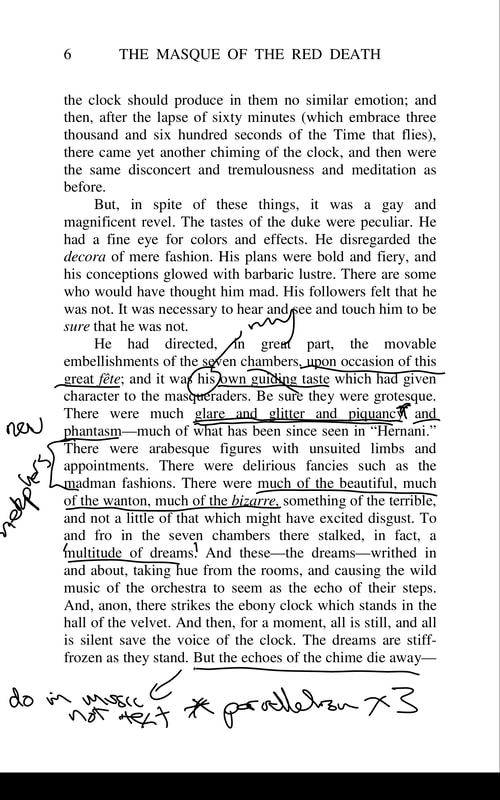
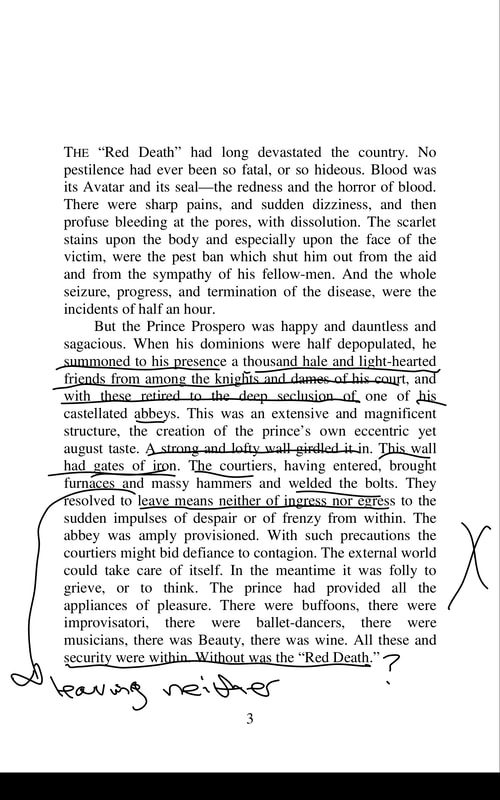
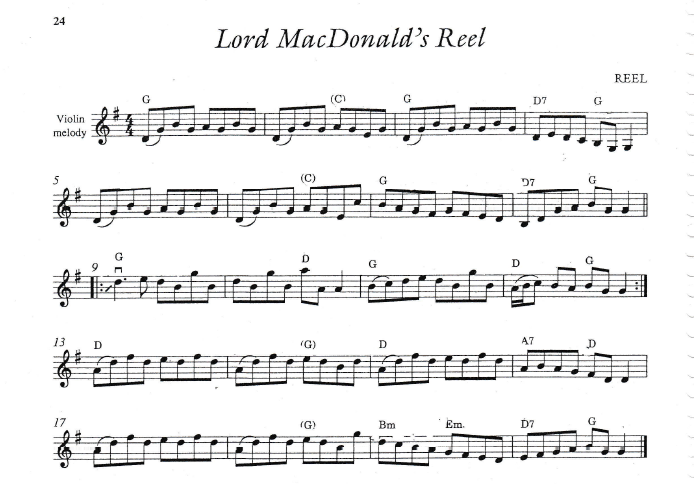
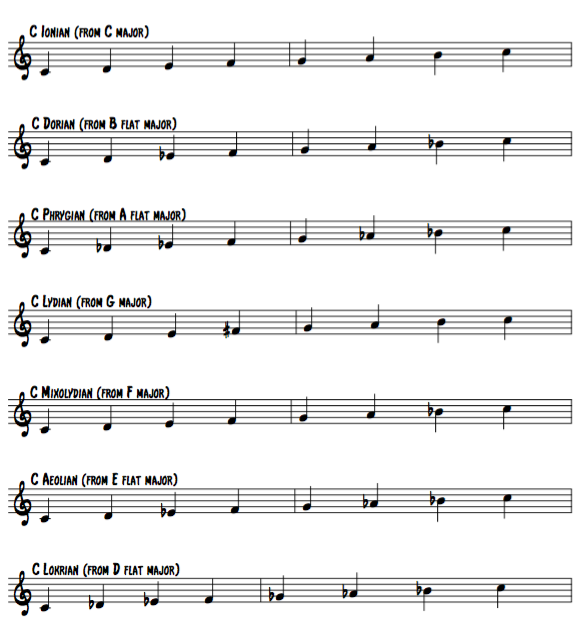




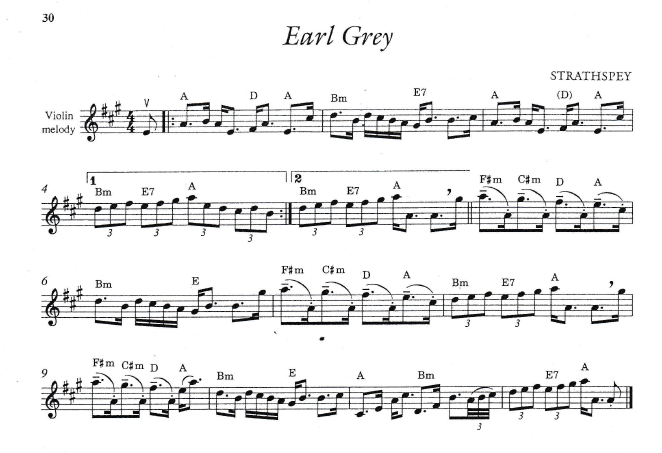
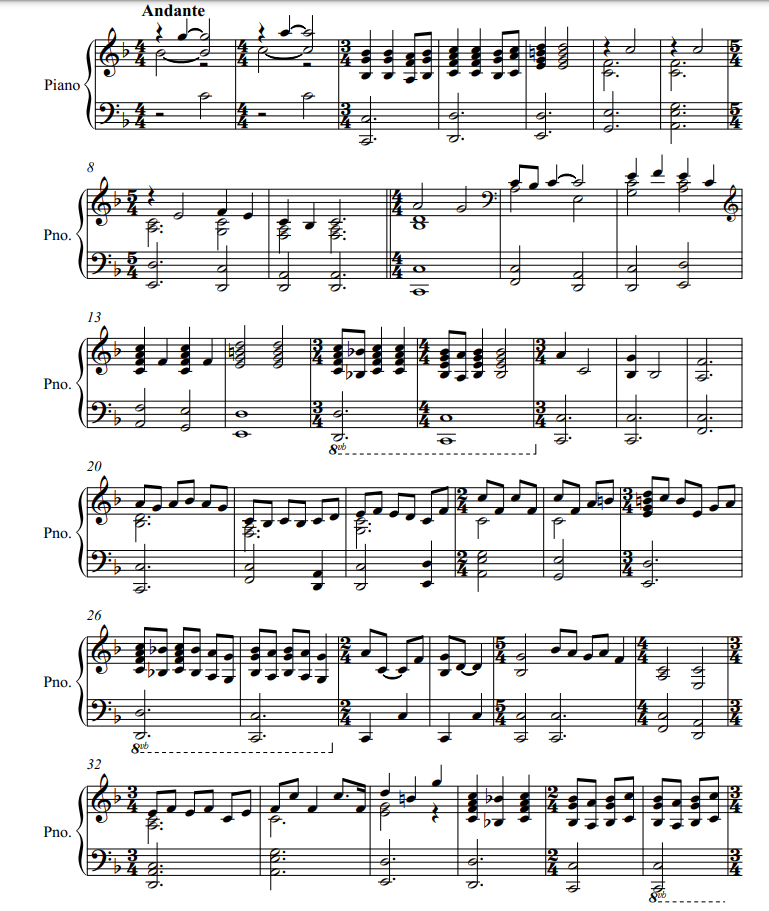
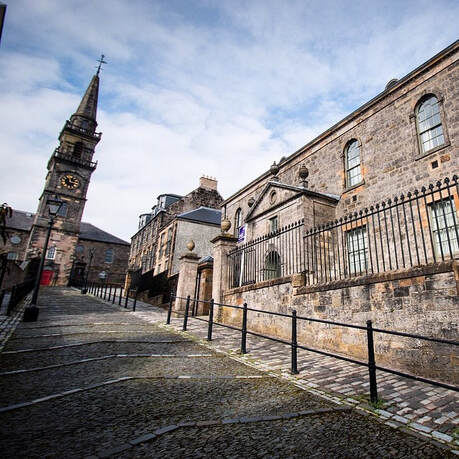
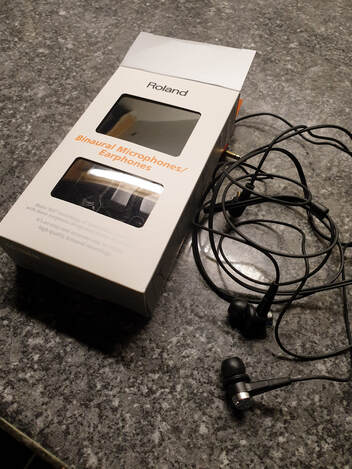
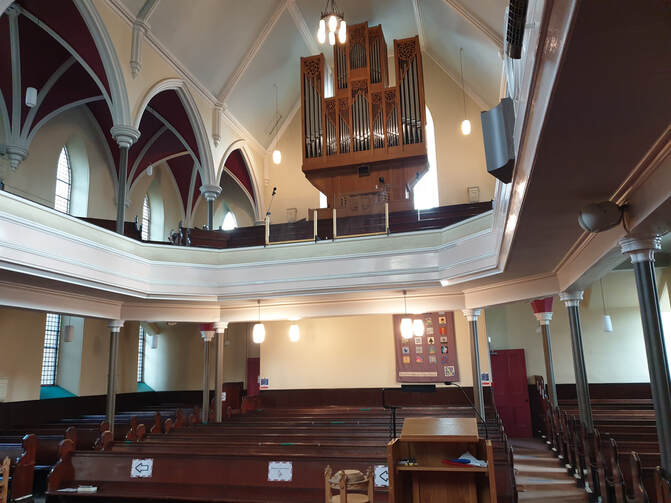
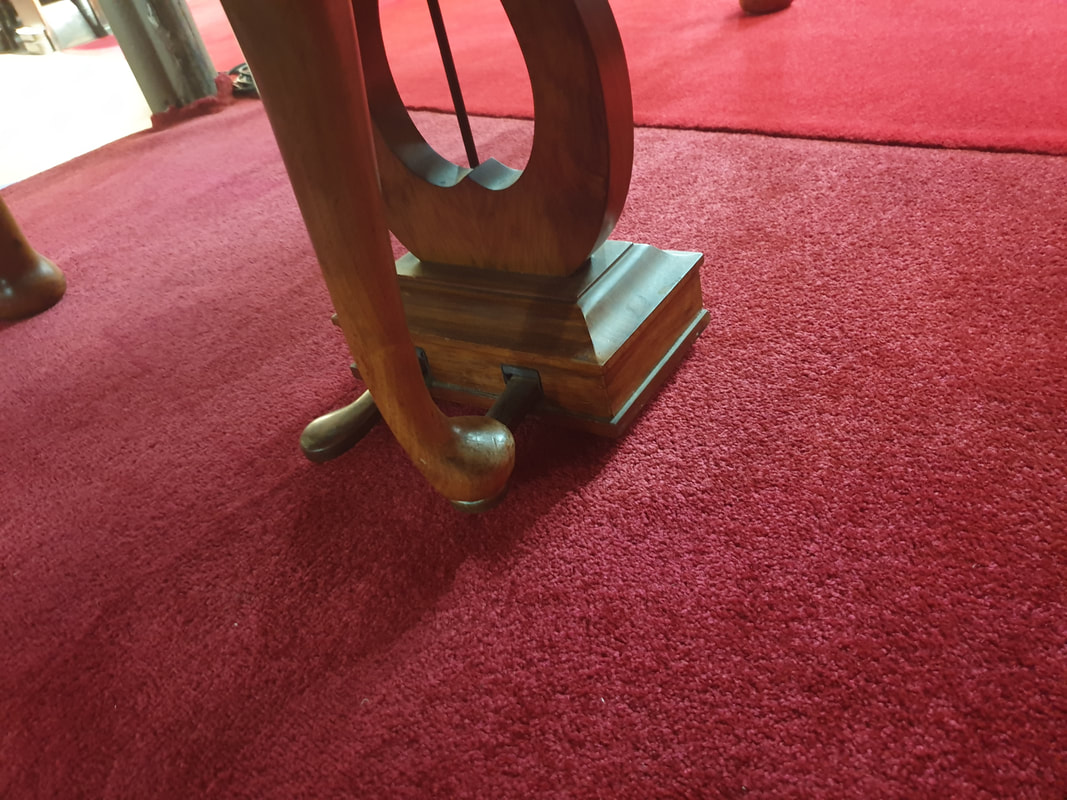
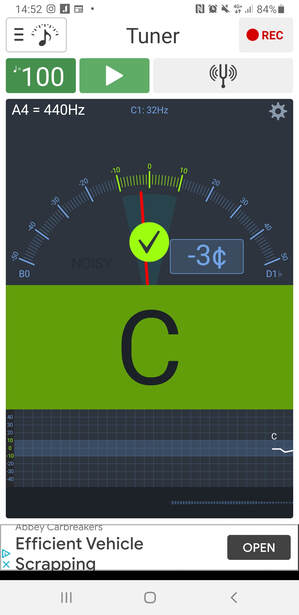
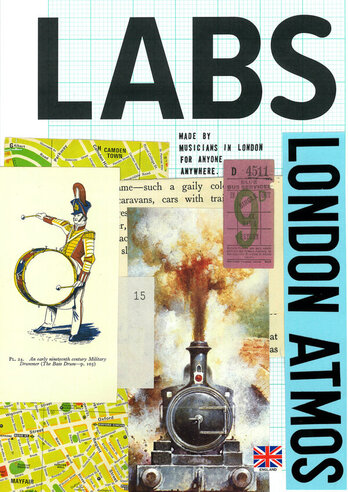
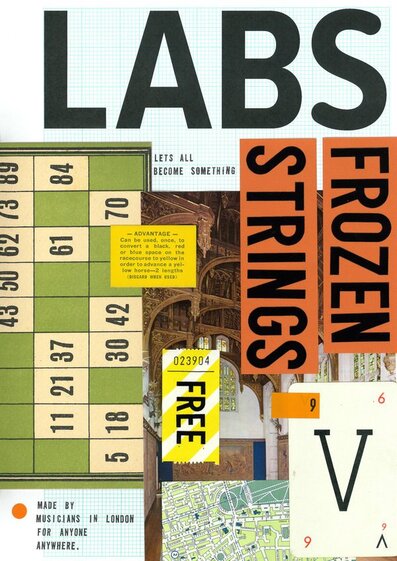
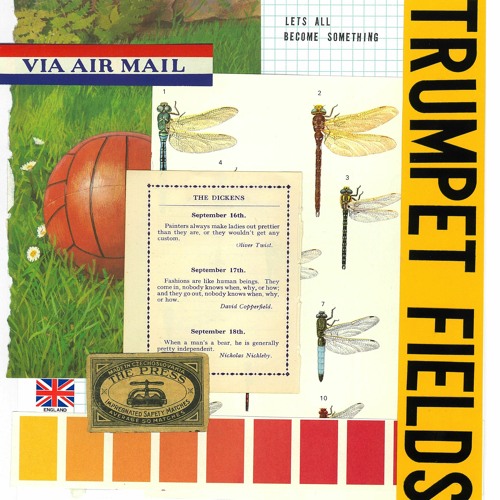


 RSS Feed
RSS Feed